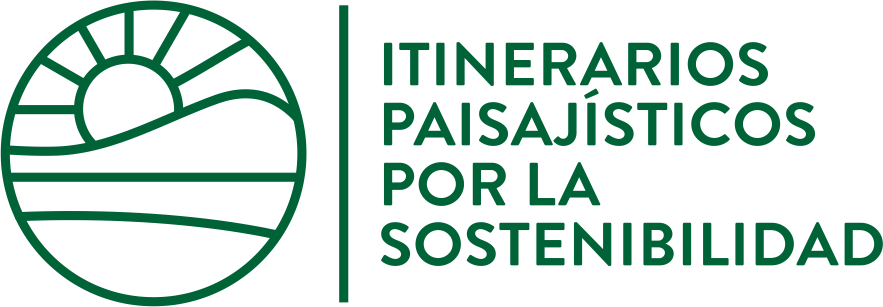This path was already trodden by the Guanche shepherds before the arrival of Europeans on the island
At the beginning of the summer season, herds of goats and sheep would go up to Las Cañadas del Teide to take advantage of the summer pastures. These transhumance practices continued after European colonisation, until the declaration of the National Park in 1954.
Two kilometres further up is the Lunar Landscape, a protected enclave that belongs to the Corona Forestal Nature Reserve. Who knows if its unlikely shapes had some magical or sacred significance for the first inhabitants of the island.
The “Escurriales”, popularly known as the Lunar Landscape, were sculpted by wind and water in the volcanic rock and their shapes resemble the surface of the moon.
They were formed by a process of differential erosion of an outcrop of soft rocks, in this case pumice rocks originating from the accumulation of pyroclasts, bombs and volcanic ash. Erosion over thousands of years undermined them and gave rise to this type of form known as “fairy chimneys”.
